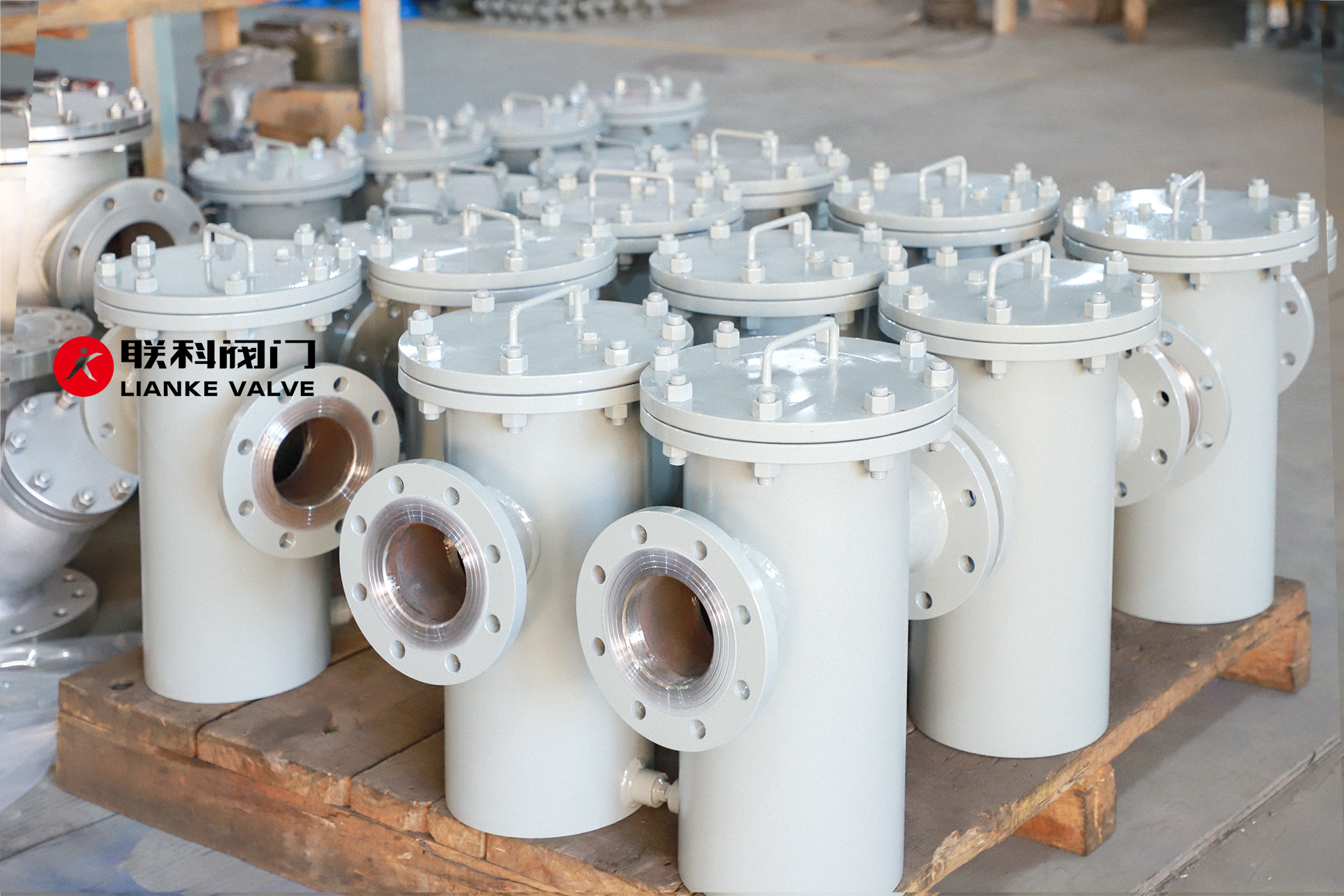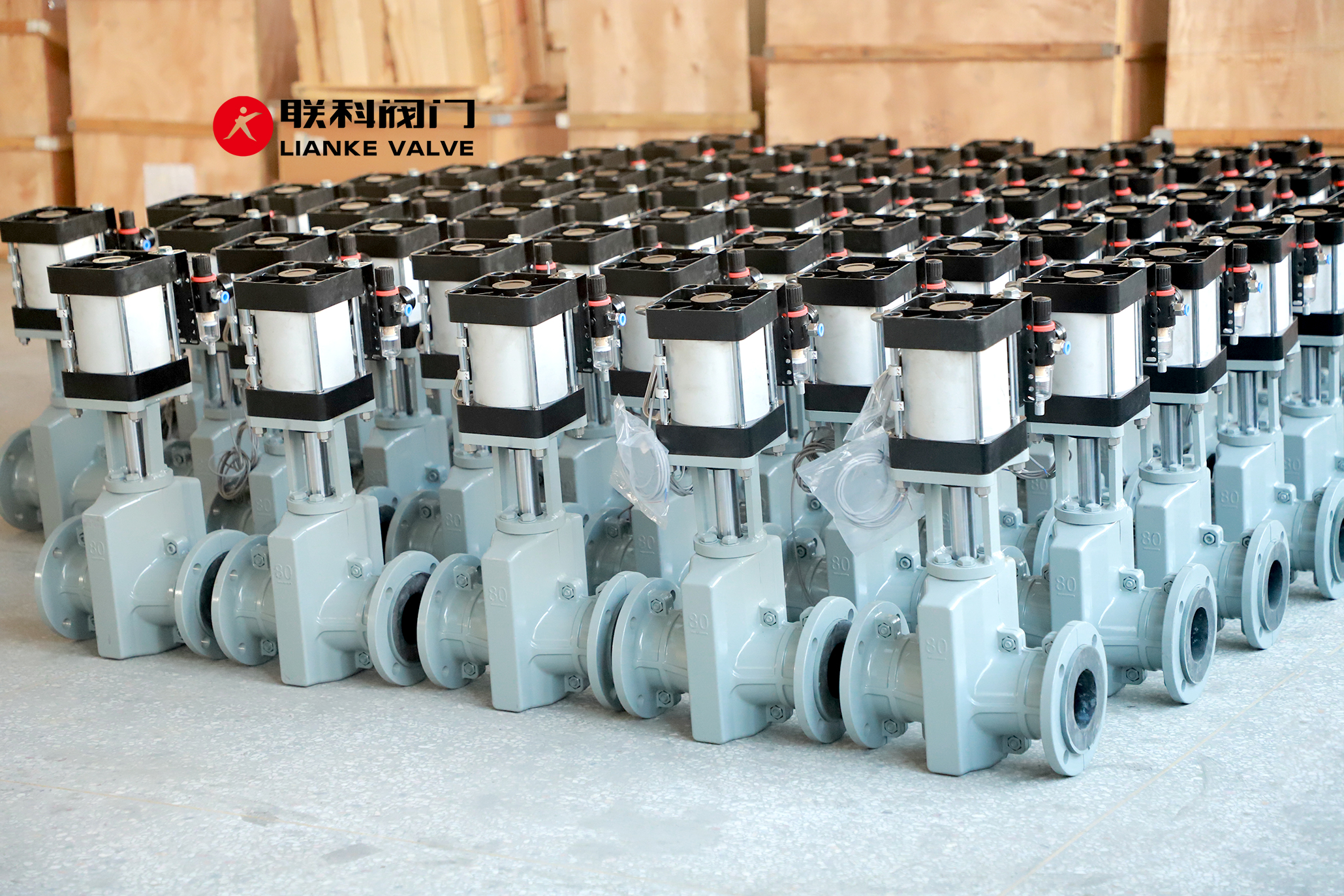

If you’re installing a pressure relief valve (PRV), you need to do it right. A bad install can cause leaks, pressure buildup, or system failure. Here’s what you need to know.

A properly installed PRV valve protects your equipment from overpressure and system failures. Follow these key steps to ensure a secure and effective installation.
Mount the pressure relief valve upright with the spindle vertical. A tilted pressure relief valve won’t work properly and may not relieve pressure as designed.
Tighten bolts evenly on flanged pressure relief valves. If you crank down one side first, you could crack the valve, especially if it’s cast iron.
Don’t overtighten the pressure relief valve. Too much force damages threads, makes future removal difficult, and can cause leaks.
Use pipe dope on male threads only. If it gets inside female threads, it can clog passages and contaminate the system.
The inlet piping should be short and direct. A smaller inlet than the pressure relief valve restricts flow, reducing relief capacity and overall system performance.
Place the inlet away from turbulence. Too much movement affects pressure relief and can cause fluctuations in pressure relief valve operation.
Check these before installation:
Make sure the inlet piping is clean before installation. Any debris or leftover sealant can obstruct the pressure relief valve and reduce its effectiveness.
Support the outlet piping properly. If it sags or moves, it can pull on the pressure relief valve and cause misalignment, leading to leaks.
Make sure the outlet pipe is at least as large as the pressure relief valve outlet. A smaller pipe restricts flow, reducing how much pressure the valve can safely relieve.
Account for thermal expansion. If the pipe doesn’t allow for expansion and contraction, it can cause stress on the pressure relief valve, leading to cracks or leaks over time.
A PRV discharge pipe should be directed to a safe location. Avoid areas where released pressure could damage equipment or create hazards for personnel.
A PRV only works if it’s operated correctly. Misuse can lead to performance issues, leaks, or even system failure. Knowing how the pressure relief valve functions and maintaining it properly keeps your system safe and efficient.
The control prv valve should always be in the correct position for smooth operation. Running a PRV too close to its set point can cause constant leakage, leading to wear and inefficiency.
If a pressure relief valve is frequently opening and closing, the system pressure may not be properly regulated. Check that your system isn’t running too close to the PRV’s set pressure.
Regular maintenance ensures the PRV functions properly. Testing too often, however, can cause unnecessary wear and lead to leaks.
Limit test lever lifting to about once a year unless required by regulations. Too much testing allows debris into the seat, which can create leaks.
Check for signs of leakage around the pressure relief valve body, outlet, and connections. If there’s moisture or rust near these points, the valve may not be sealing correctly.
If you notice steam, air, or liquid escaping when the pressure relief valve should be closed, it may be time for repair or replacement. Don’t ignore small leaks—they usually get worse over time
A properly installed and maintained PRV ensures long-term safety and performance. Lianke Valve has built high-quality valves since 1982. We make pinch valves, fluorine-lined valves, and strainers for industrial pipelines. Our valves are built to last and perform under tough conditions. Visit our website to learn more.

Choosing the right basket strainer for your system comes down to understanding filtration size, strainer mesh, and how these elements fit into your specific piping setup. Whether you’re working in chemical processing, food production, water treatment, or HVAC, the right strainer ensures system protection, flow efficiency, and long-term equipment performance. This article will help you […]

Installing, operating, and maintaining a basket strainer properly ensures optimal system performance, protects downstream equipment, and extends the life of your filtration system. Whether used in chemical processing, HVAC, food production, or water treatment systems, basket strainers are essential components for removing solid particles from fluids. In this article, we’ll break down the complete lifecycle […]

Valve testing ensures that industrial valves meet strict performance, safety, and durability standards before they are installed in real-world systems. This process verifies that valves operate reliably under pressure, prevent leaks, and perform in extreme conditions such as high temperature or cryogenic environments. Whether it’s a valve leak test or a gas valve test, the […]

The most effective way to resolve pinch valve issues is to identify the root cause early—whether it’s sleeve wear, actuation failure, or leaks—and apply targeted troubleshooting steps to restore performance. Pinch valves are favored for their durability and simplicity in handling slurries, abrasive materials, and corrosive fluids. But like any component, they can develop problems […]



